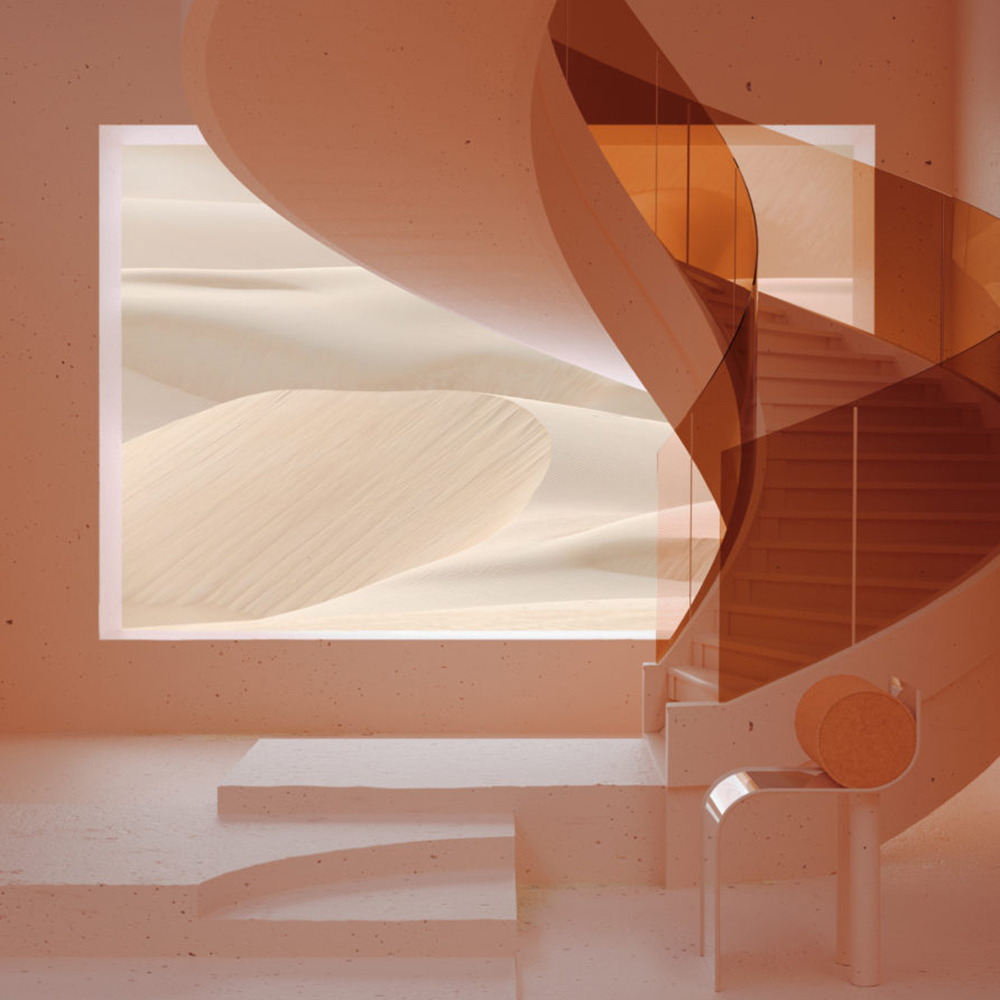Anders Brasch-Willumsen, art director, image-maker, and founder of Stockholm-based creative studio Studio Brasch, creates 3D visuals that completely alter the viewer’s perception of reality. It all began from a young age, where Brasch-Willumsen was constantly surrounded by creativity; he began drawing “everywhere,” he says, naturally steering towards graffiti and later following an education in graphic design. While studying, he then continued to pursue illustration, photography, and various conceptual art projects, resulting in an art director position in the design and advertising industry.
With a vast portfolio and adoration for the visual arts, Brasch-Willumsen launched the studio and has since produced a distinct design language, resulting in brand images, campaigns, moving images, set designs, and more. The intersection of reality and the digital realm is where Brasch-Willumsen prefers to experiment, as his work combines various techniques and mediums into an unknown universe intentionally created to be explored. We spoke to the designer to find out more about his technique and to discuss what it means to create an image in the ever-saturated digital world.
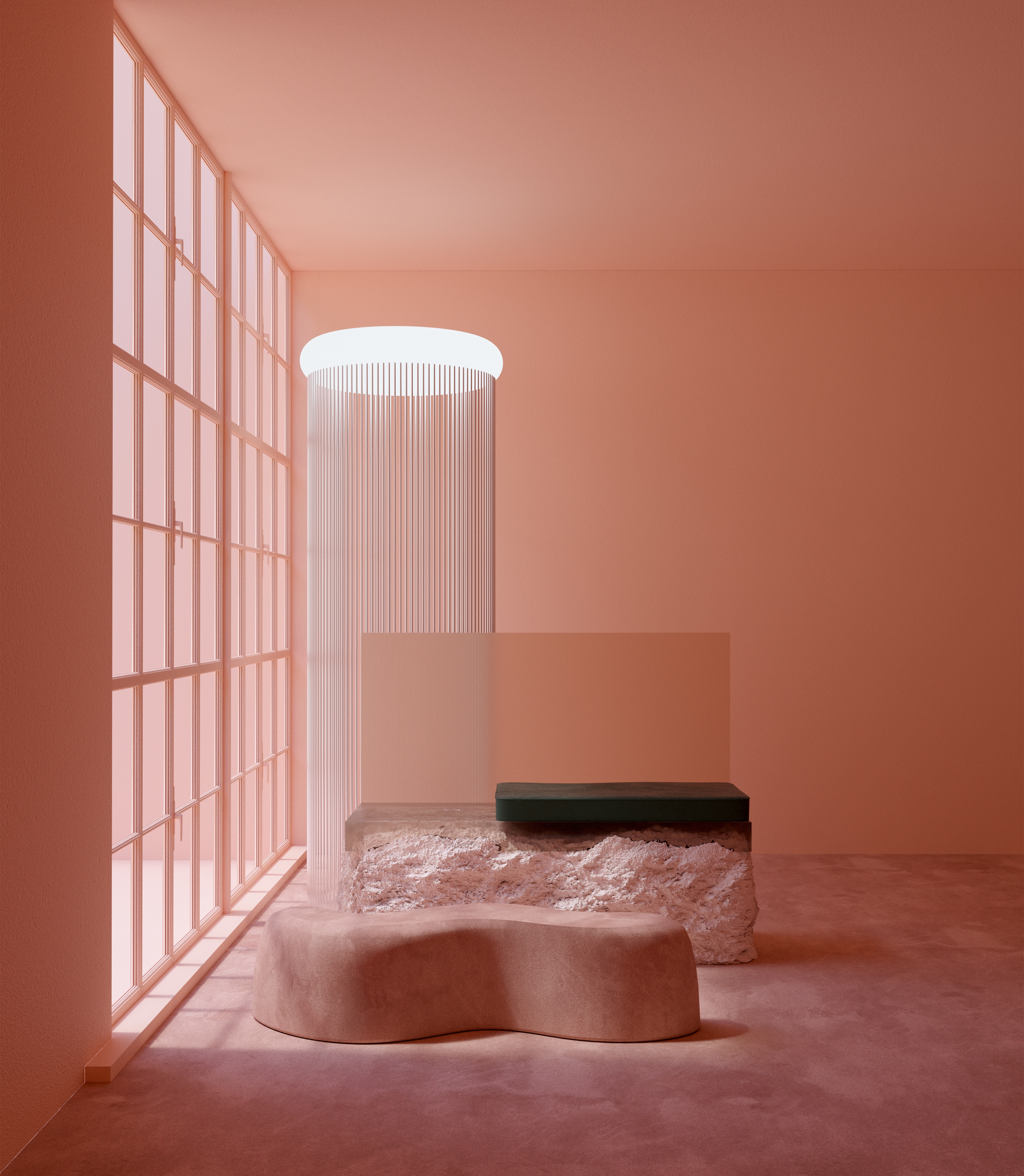
Anders Brasch-Willumsen, ‘A Lucid Dream in Pink Sleep Cycle No. 2.’ COURTESY OF STUDIO BRASCH.
What were your reasons for starting the studio?
Brands are spending resources on digital content like never before—and for a reason. Our lives are getting increasingly more digital and our phone has turned into an extension of ourselves. This is a huge opportunity for brands because they can actually become part of that extension—but only if they deliver content that people want and can identify with. This is the content that I’m interested in creating and the motivation behind Studio Brasch. Here, we craft still and moving images that carry a distinct style and a strong sense of aesthetic. As we transition into a more digital world, so does our perception of beauty, luxury, and lifestyle. I’m interested in this transitional space where established visual languages meet the demand for a more progressive, future-forward approach to visual communication.
Have you always been creative?
Creativity has always been a big part of my life. Growing up, I would often draw stuff—mostly letters—everywhere, and I loved art classes in high school. During my teenage years, I naturally got into graffiti which led me to pursue an education in graphic design. While studying, I also did illustration, photography, and various conceptual art projects. I continued to be active in those fields working as a graphic designer, and later I became an art director in the design and advertising industry.
“I don’t believe in hacks in order to get motivated. I love what I do, so motivation is always present.”
What’s the inspiration behind your recent project “Rocks and Light,” and how was it made?
This was a personal project where I utilized 3D image-making. The motivation came from my fascination with the Japanese art movement Mono-ha, combined with an interest in light and space as well as Minimalism movements. I began thinking about my digital sculptures in relation to physical sculptures. The works that came out of Mono-ha would often be ephemeral and exist only in photographs. I felt connected to this idea because the outcome when creating digital sculptures is somehow similar—they only exist in images. Another inquiry of mine was photorealism in 3D-rendered imagery. I found that using age-old, raw materials like stone completely changes your perception of the image and I wanted to create a space for this grey zone to take place, somewhere between the pre-historic and the futuristic, between the real and the virtual.
What materials and techniques do you use at Studio Brasch?
I use a combination of 3D software, traditional graphic design software, and even pen and pencil. To me, it’s never about the latest software or technique. What matters to me is the end result and whether or not it serves its intended purpose.
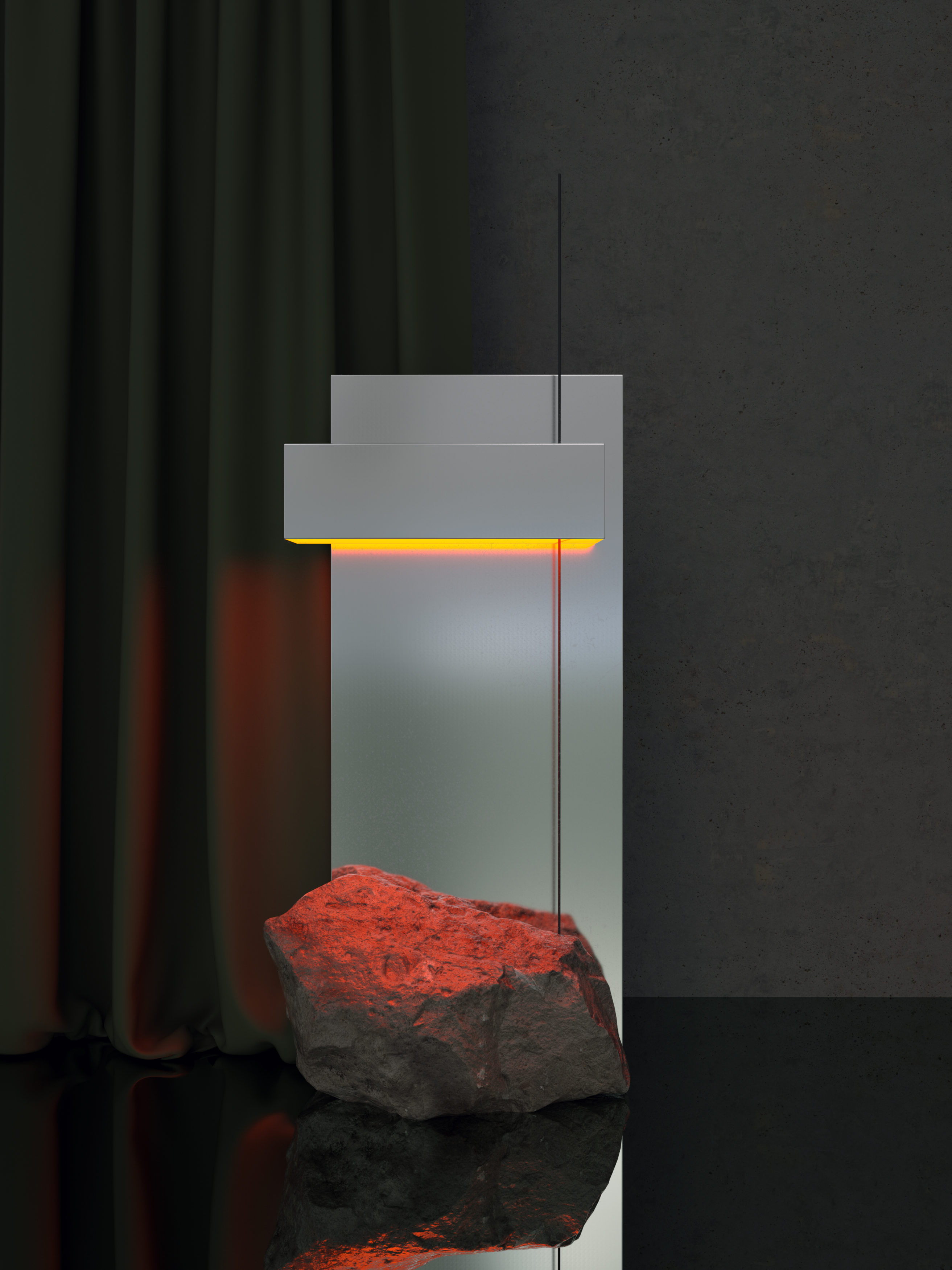
Anders Brasch-Willumsen, ‘Rocks and Light.’ COURTESY OF STUDIO BRASCH.
Run us through your creative process. Are there any processes or self-hacks that you apply to help ideate or build motivation?
Depending on the project, I utilize the same approach to creating concepts and visual directions as I did when I was working in traditional design and advertising—things like mind maps, sketches, and mood boards. I don’t believe in hacks in order to get motivated. I love what I do, so motivation is always present.
What would you say is the role of the image? What’s its purpose?
On a fundamental level, images are visual communication pieces that carry a message—or none. It is estimated that we are exposed to around 4,000 – 10,000 images and advertisements daily, so for me it’s very important that an image really makes you feel something, whatever that may be.
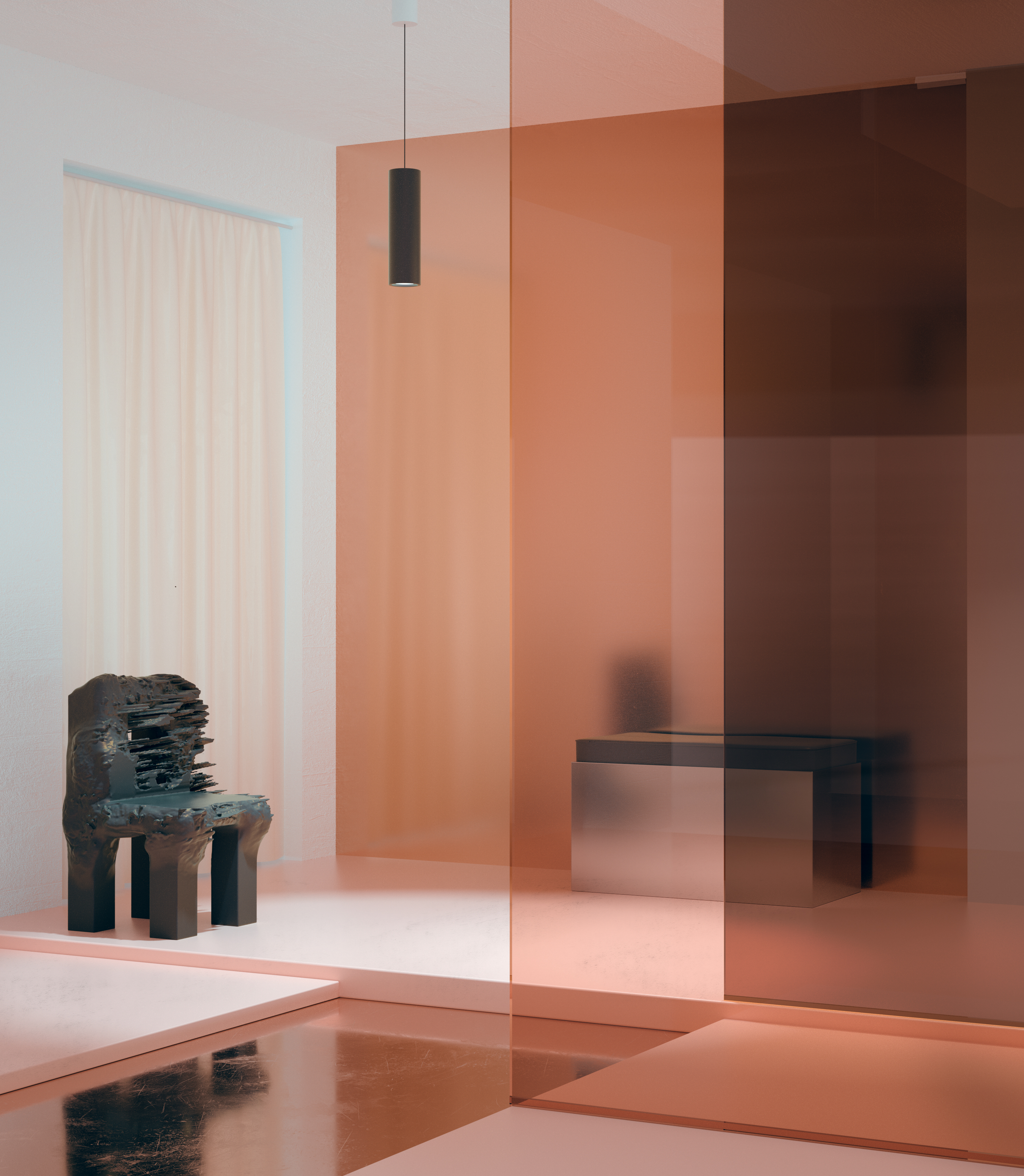
Anders Brasch-Willumsen, ‘A Lucid Dream in Pink Sleep Cycle No. 4.’ COURTESY OF STUDIO BRASCH.
In your work, it’s hard to tell the difference between what’s real and what’s digital. Is this on purpose?
The hyperreal nature of my work is an artistic choice that intentionally asks the viewer to not just look—but to really look. I believe that my images create a particularly strong emotional response for that very reason—it’s familiar, yet strangely unfamiliar.
What’s next for Studio Brasch?
I’m happy doing what I do and I feel there’s so much more to explore within 3D image-making. However, I’m intrigued by the idea of collaborating with photographers and to do more photography myself. Set design and photography got me into 3D in the first place, so it seems natural to go full circle and explore a hybrid technique combining photography and 3D.
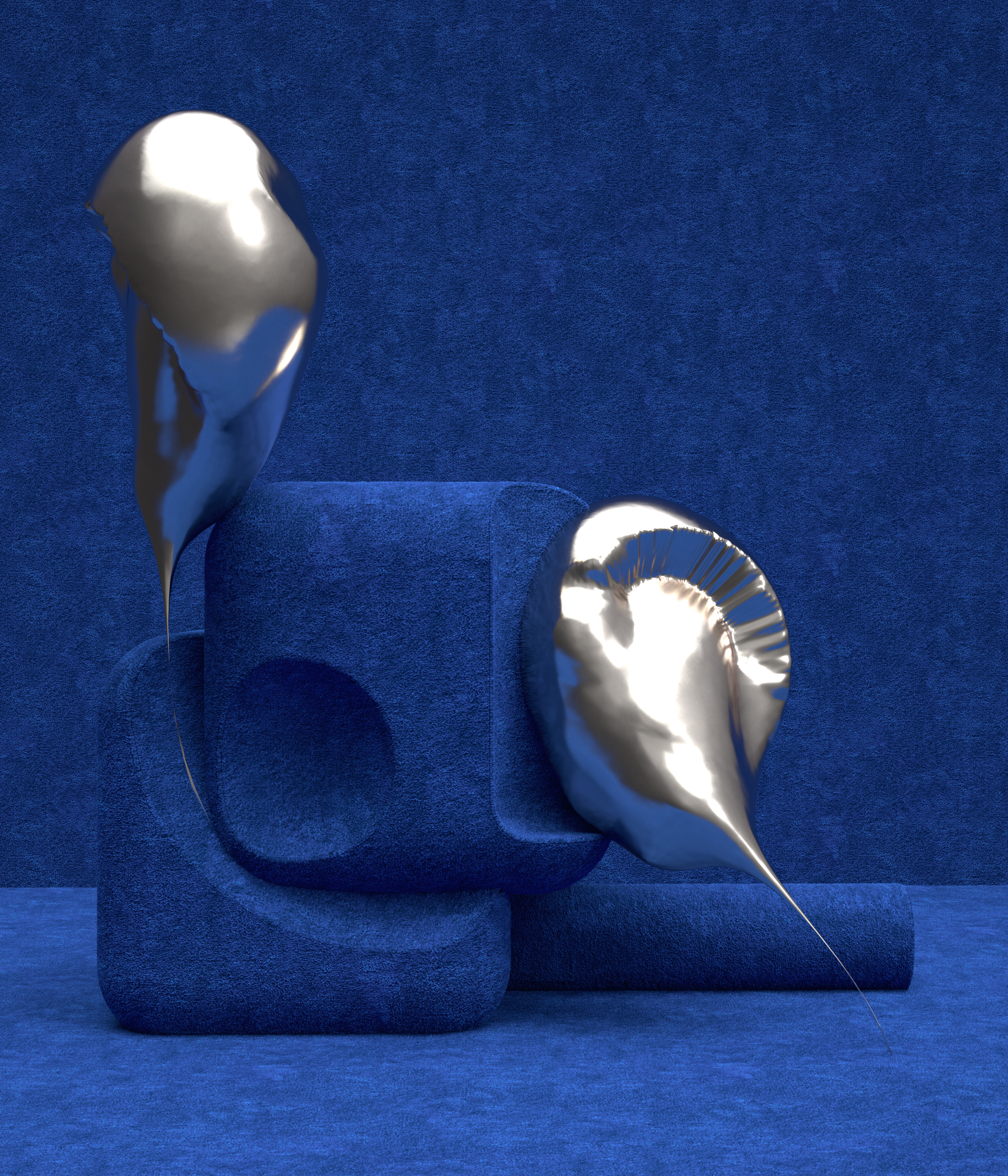
Anders Brasch-Willumsen, ‘Color Codes.’ COURTESY OF STUDIO BRASCH.
